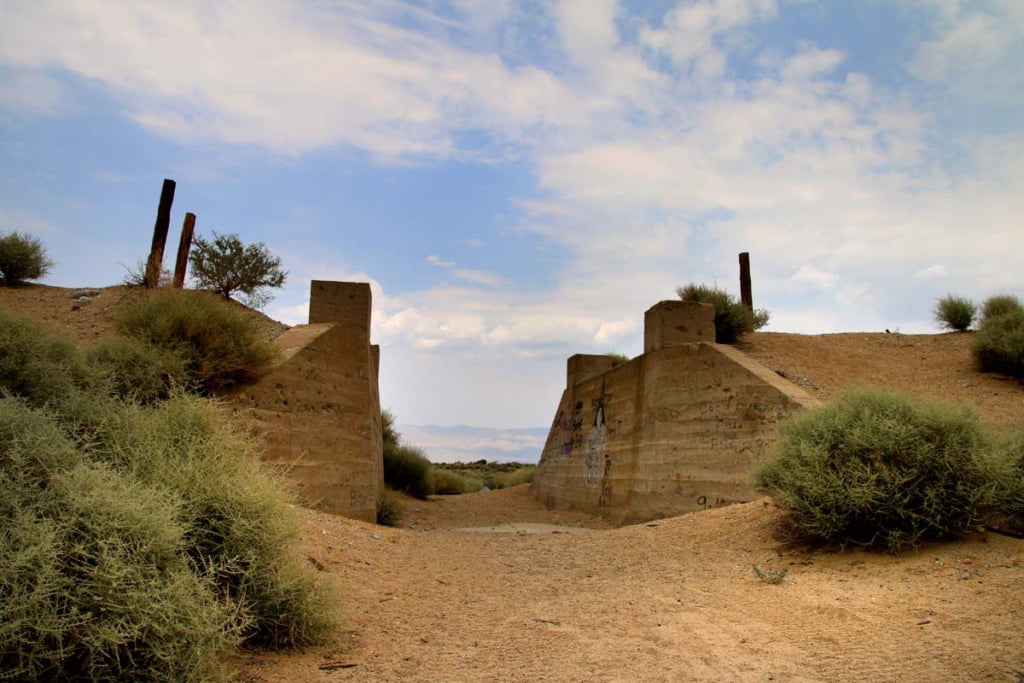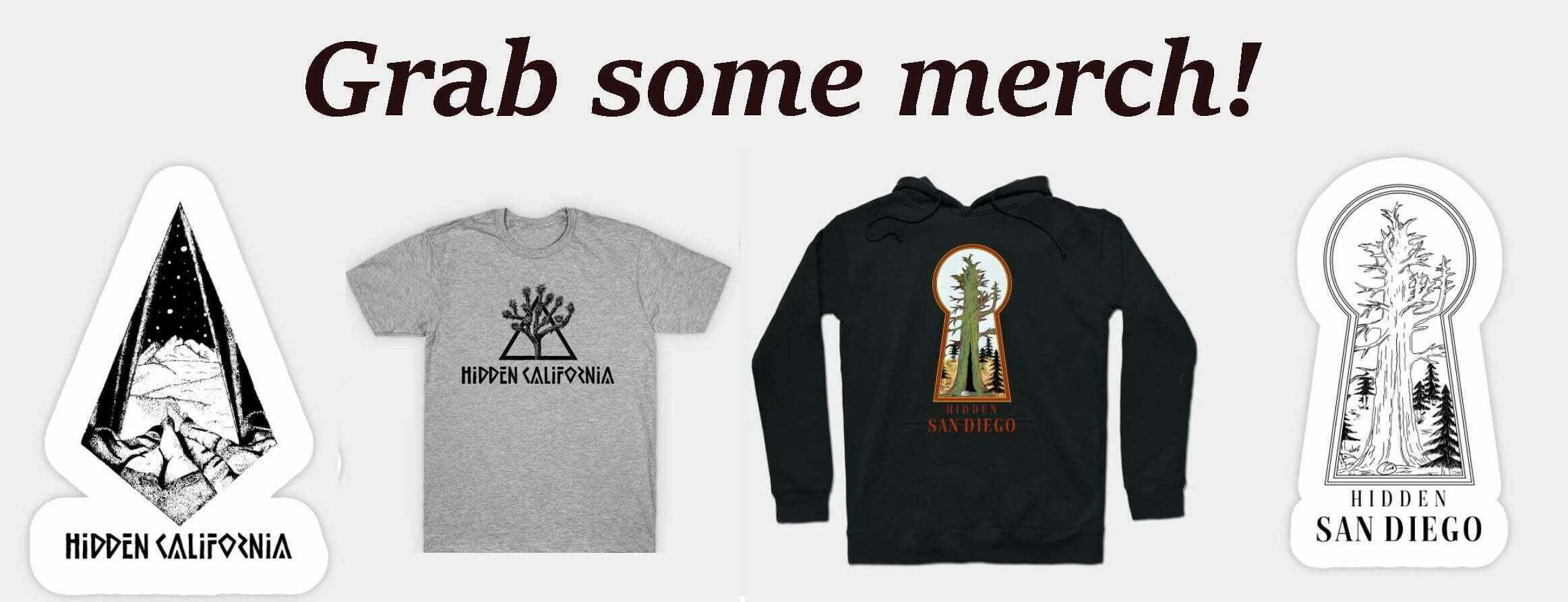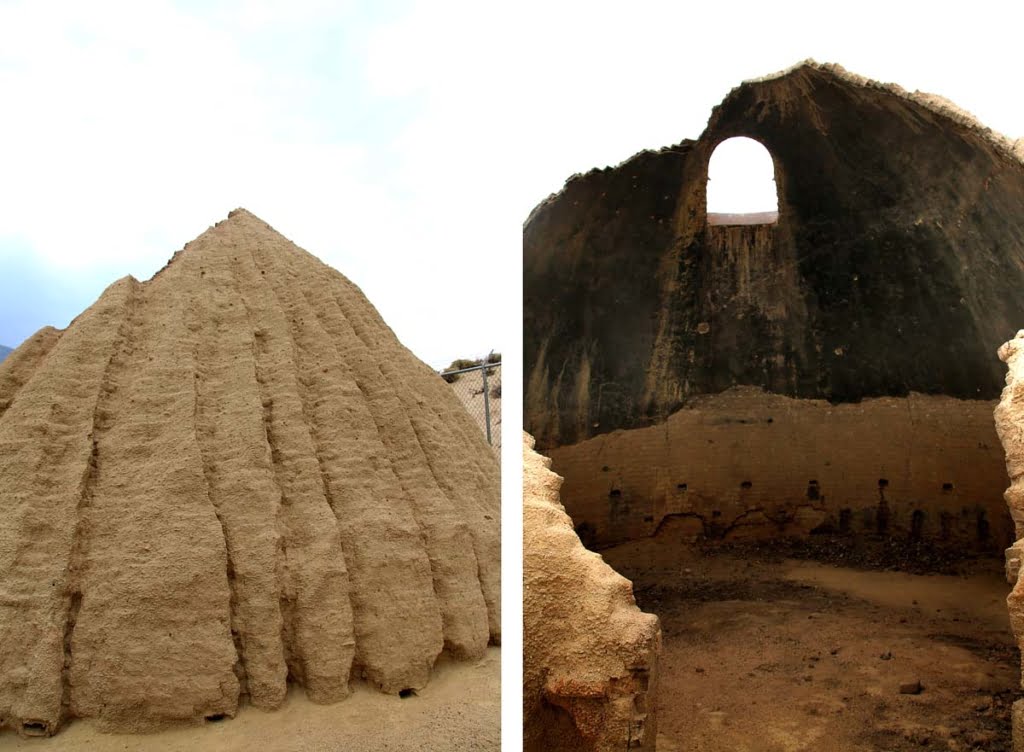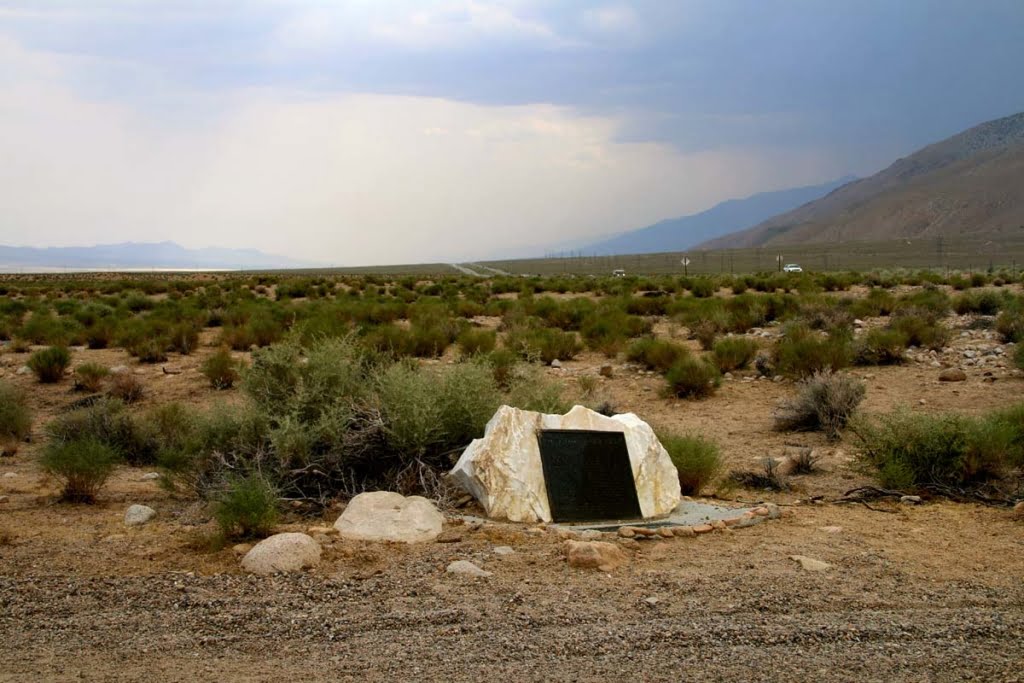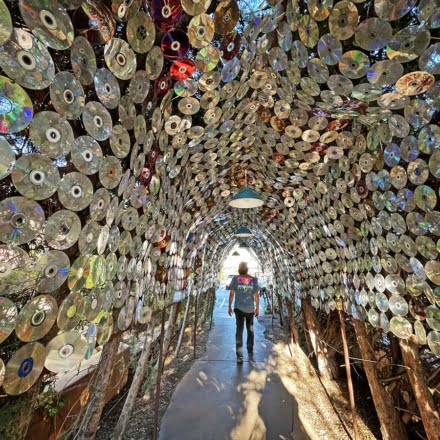Hello everyone! This is a friendly reminder that any of these fun places we may visit, we are a guest at. Please treat both businesses and trails with the utmost respect. We here at Hidden California follow the 'Leave no Trace' mantra, meaning whatever you bring with you comes back with you. If you see trash on a trail, please do your part to help remove it. Remember, we are not picking up trash from another person but instead cleaning up for Mother Nature. Happy adventures!
Cottonwood Charcoal Kilns
Lone Pine, CA 93545
36.415681, -118.012084
Dog-Friendly: Yes, but be mindful of weather Kid-Friendly: Yes
About the the Cottonwood Charcoal Kilns:
The Cottonwood Charcoal Kilns were built to provide charcoal to the nearby Cerro Gordo mine on the other side of Owens Lake. Located in Inyo County, the mine was up and running in the 1860’s and grossed nearly $20 million in silver and lead bullion.
Eventually all the trees surrounding the mine were cut down so the miners had to begin cutting the cottonwood trees alongside the creek to keep the kilns at the mines burning. The kilns lay alongside the now dry Cottonwood Creek and the newly revived Ownes Lake.
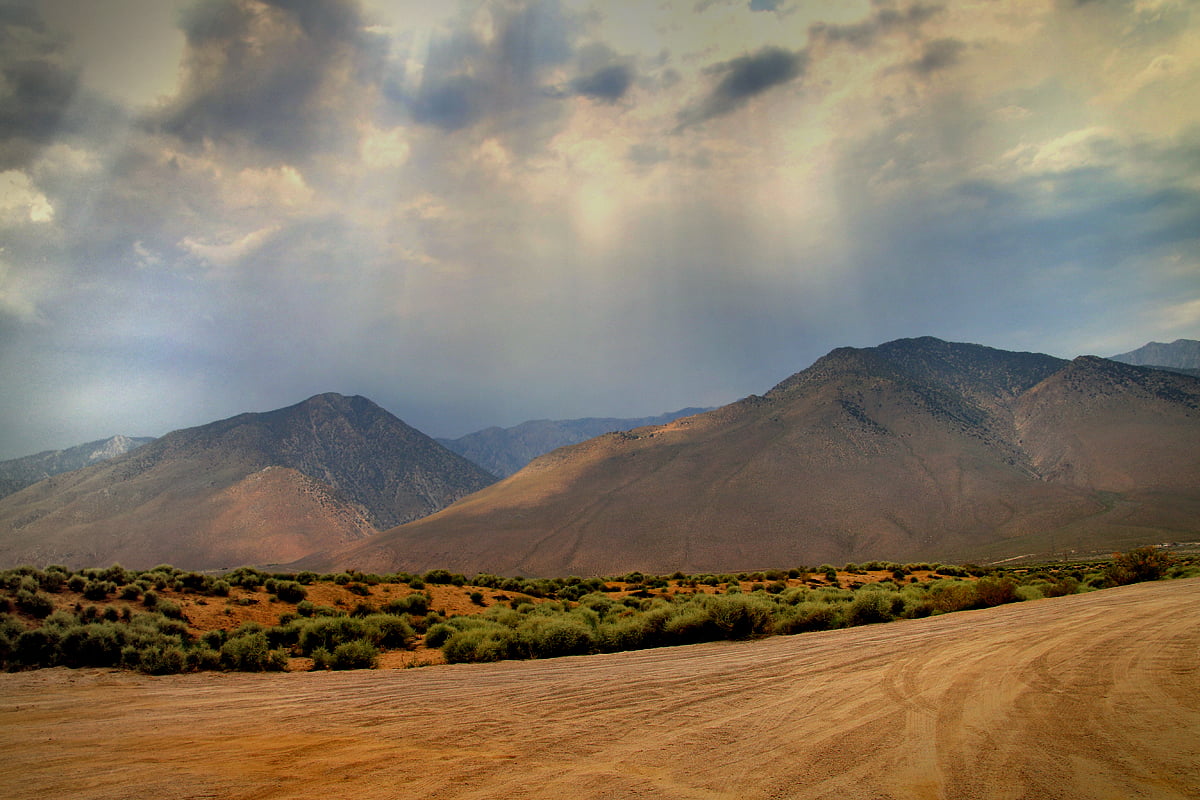
Indigenous History:
This region has been home to the Paiute people since the prehistoric times. In 1912, the U.S. Government reserved over 67,000 acres of lands in the Owens Valley for the Paiutes.
Unfortunately, by 1932 President Hoover revoked the 67,000 acres reserved land and placed the lands in watershed protection status for the City of Los Angeles.
Today the Paiute people are the 5th largest California Tribe, with 2,000 members and yet one of the smallest land bases. You can learn more about the Paiutes and how to support them here.
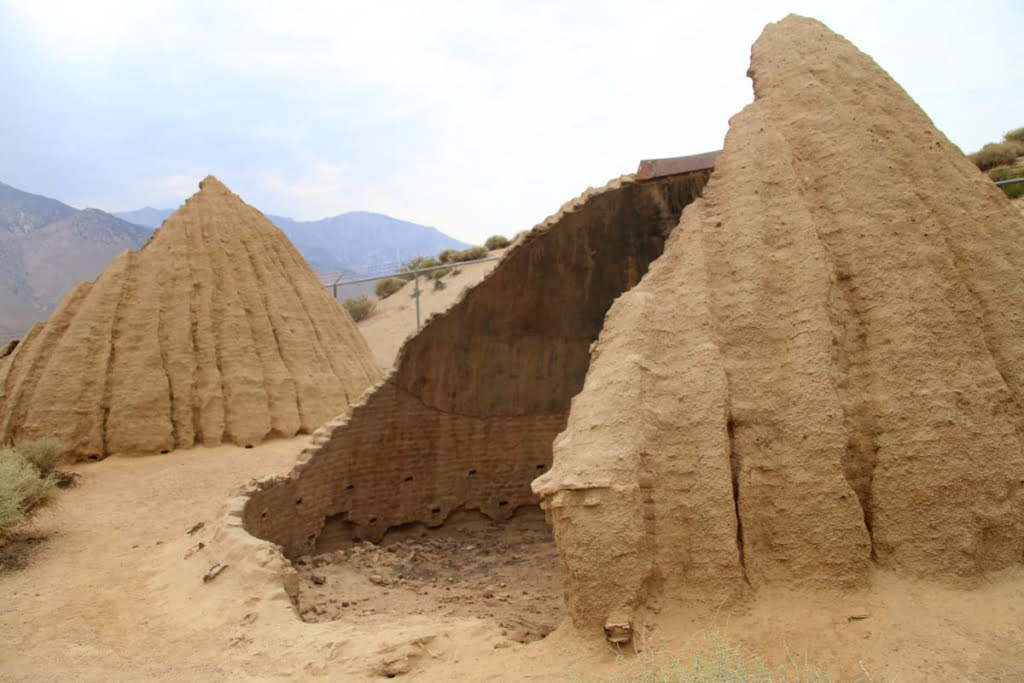
Pioneer History:
In the 19th century, Europeans began colonizing the region. In no time, Owens Valley was filled with ranchers, trappers and gold prospectors who were continuously fighting the Natives over their own land.
Increasing numbers in non-Natives only increased tension, especially because they were destroying Paiute’s crops and seizing land. At some point U.S. troops were sent in to help protect the settlers and the land they had stolen.
After an especially freezing winter and flooding, the Paiute lost much of the game they depended on. To make matters worse, the livestock brought in by settlers were eating the Paiute’s wild plant crops which were irrigated and maintained by them.

Starving, the Paiute began to kill the cattle and conflict with the cattlemen began, leading to the subsequent Owens Valley Indian War.
On March 19, 1863, 20 soldiers and 10 white settlers attacked the Paitues near Owens Lake, which is 10 miles south from this campground. The Paitues ran into the lake in hopes of swimming away from the attackers but strong winds made it difficult to swim, making them easy targets. Only two Paiutes are believed to have survived that day.
The removal of a large number of the Natives and brought to Fort Tejon in 1863, was considered the end of the war.
While you’re in the area, make sure to check out the Mt. Whitney Portal Campground nearby!
Personal Experience:
We visited the charcoal kilns in the summer when temperatures were in the triple digits. For that reason this was a quick trip. It is scenic and in the middle of nowhere on a dirt road so drive carefully and be mindful of what type of vehicle you’re driving. You could easily get stuck out here with no reception and very few people crossing by.
